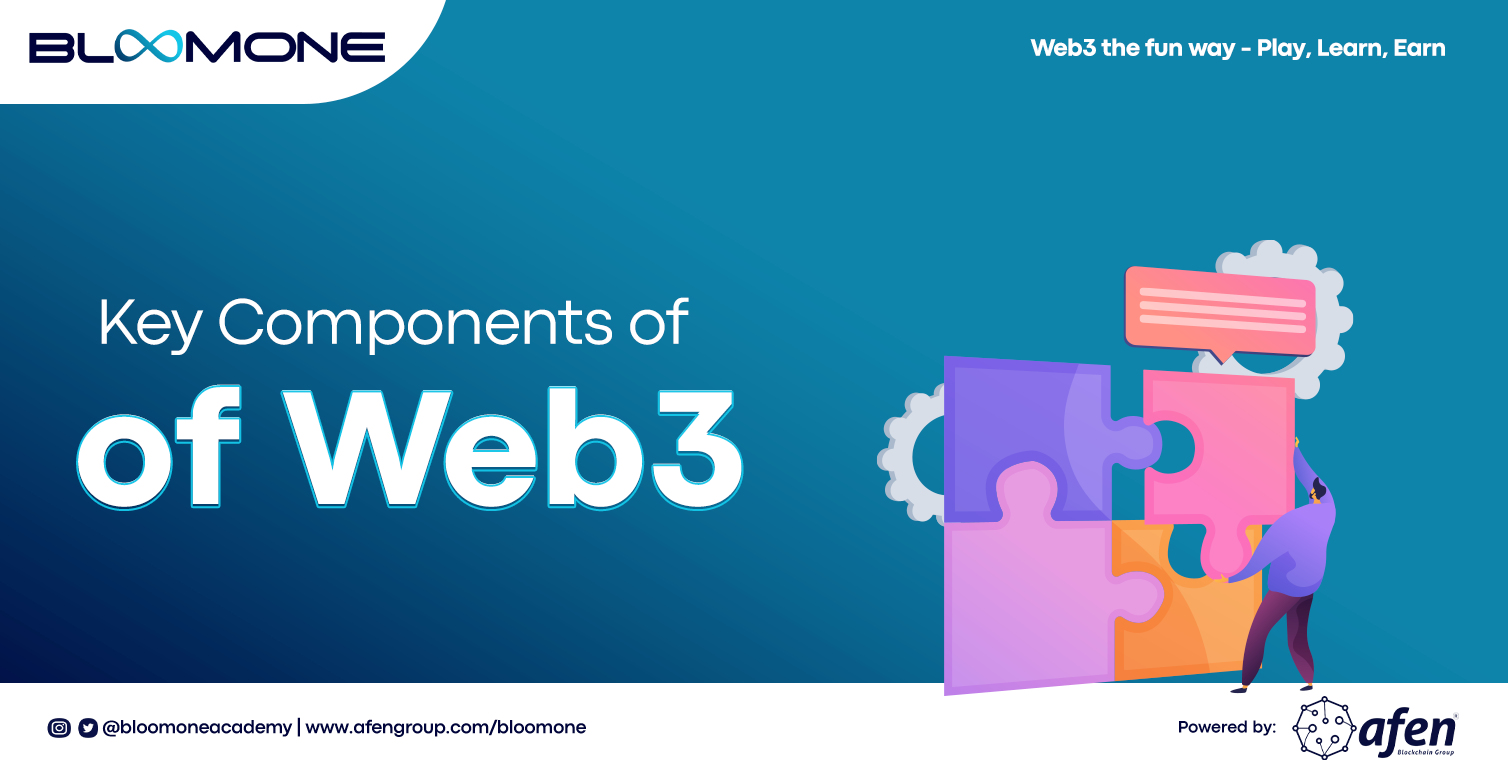
In a previous article, we introduced Web 3 and discussed the evolution of the world wide web.
Web 3 promises to enhance human interaction with digital elements and make websites and apps to be able to process information in a smart human-like way through technologies like Big Data, decentralized ledger technology (DLT), and machine learning (ML).
To achieve this level of autonomous, intelligent, and open internet, Web 3 developers are building using these four key components:
-
Semantic Web
-
Ubiquity or Omnipresent
-
Artificial Intelligence
-
3D Graphics
Let’s see what they are about in some detail:
Semantic Web
The 'Semantic web' is a term given to a mesh of data connected in such a way that they can easily be processed by machines instead of human operators. The key goal of the Semantic Web is to trigger the evolution of the existing Web to enable users to search, discover, share and join information with less effort
Think of it as an effective means of data representation in the form of a globally linked database which makes it easy and faster for information over the web to be accessed.
Applying semantics in the Web would enable machines to quickly decode and react to complicated human requests subject to their meaning by analyzing data. The data connectivity and speed of processing information would give internet users will have a better experience.
Ubiquity or Omnipresence
Web 2.0 in a sense is already omnipresent. For instance, a Facebook user can instantly capture an image and share it, which then becomes ubiquitous since it's available to anyone no matter where they are, as long as they have access to the social media platform.
Web 3.0 takes this a step further by making the internet accessible to everyone anywhere, at any time. It would be everywhere and easily accessible. At some point, internet-connected devices will no longer be concentrated on computers and smartphones.
Since IoT (Internet of Things) technology will bring forth a plethora of new types of smart devices, Web 3 will make it possible to access the internet through any enabled device near you.
Artificial Intelligence
AI is a big one for Web 3 since Web 3.0 machines can read and decipher the meaning and emotions conveyed by a set of data, it brings forth intelligent machines. The shift from Web 2.0 here is to make AI machines more autonomous and less dependent on human inputs.
Predominately human-based AI for the internet opens up room for corrupt behaviors such as biased product reviews, rigged ratings, etc. The internet needs AI to learn how to distinguish genuine reviews from fake ones in order to provide reliable data.
Just recently, Google’s AI system removed around 100,000 negative reviews of the Robinhood app from the Play Store following the Gamespot trading debacle when it detected attempts of rating manipulation intended to downvote the app. This is AI in action, which will soon seamlessly fit into the Internet.
3D Graphics
Web 3 aims to blur the line between the physical and digital through revolutionary graphics technologies. The 3D graphics bring a new level of immersion not only in futuristic gaming applications like Decentraland, but also in other sectors like real estate, health, e-commerce, and many more.
Conclusion
Developers are hard at work enhancing the technologies ushering in the next phase of the internet revolution. The decentralized finance (DeFi) space would greatly be altered by Web 3 given that many of its technologies like blockchain, cryptocurrency, and NFTs are reliant on Web 3 to achieve their full potential.
In our next article, we would discuss how Web 3 relates to technologies within DeFi and how it benefits you, the internet, and DeFi user.
If you enjoyed this content, why not share it with your network? Sign up on our waitlists across different products (Metacitti, NftyTribe, and BloomONE), to receive direct development updates on our progress.
